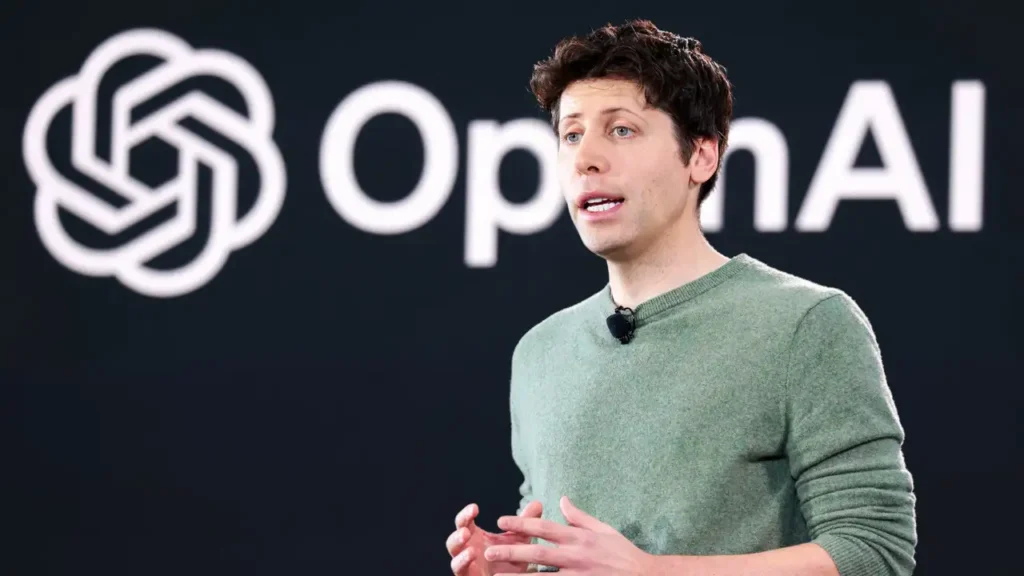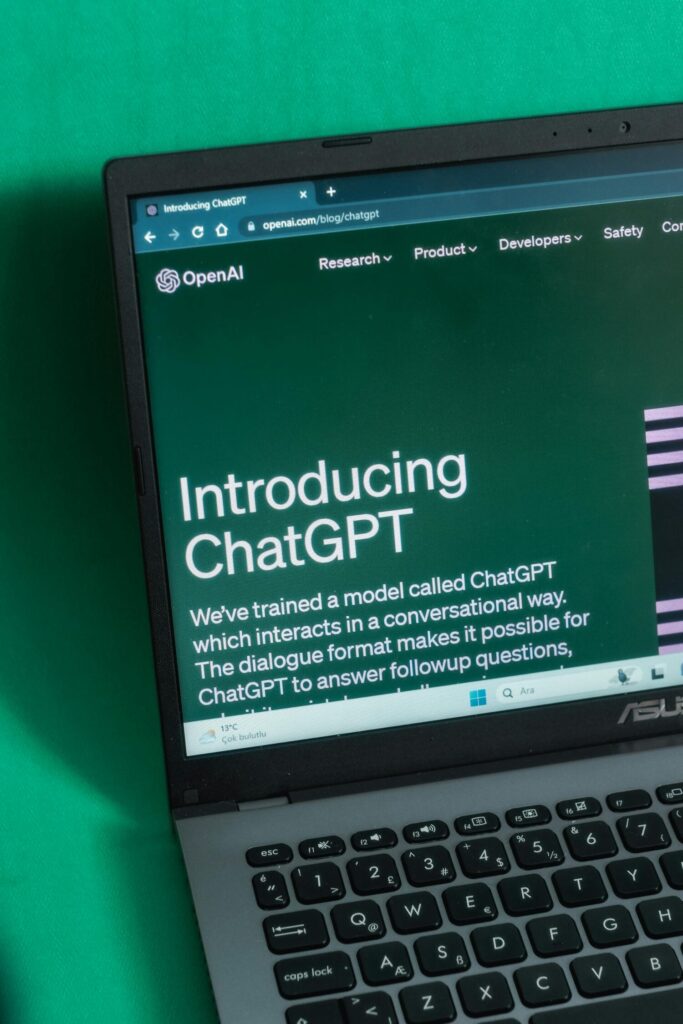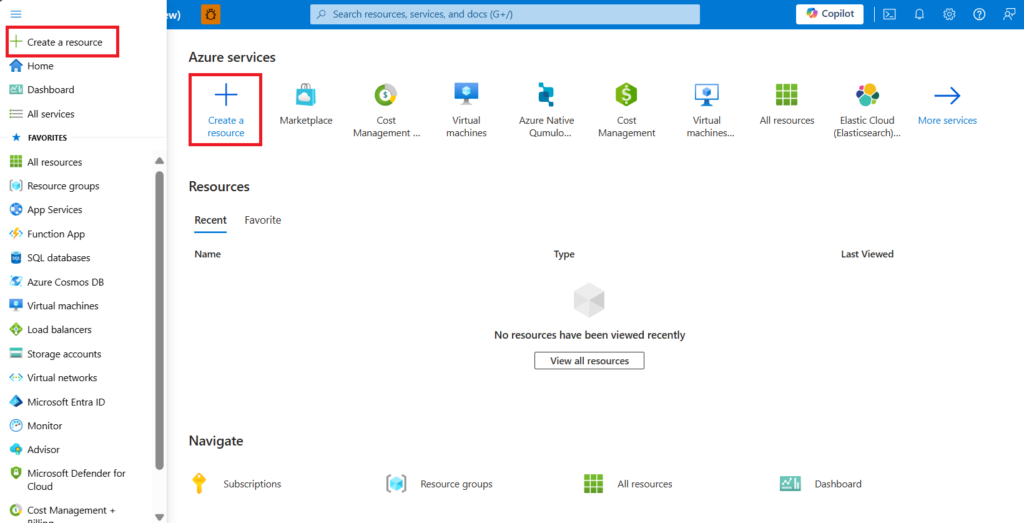OpenAI, the research lab behind ChatGPT, was founded in December 2015 by Elon Musk, Sam Altman, Greg Brockman, Ilya Sutskever, Wojciech Zaremba, and John Schulman.
Their founding mission?
“To ensure that artificial general intelligence (AGI) benefits all of humanity.”
Originally launched as a non-profit AI safety research lab, OpenAI raised $1 billion in commitments from Musk and others to prevent corporate monopolies from controlling AGI.
But by 2019, the tide shifted. In order to keep pace with the compute-heavy demands of cutting-edge LLMs, OpenAI launched a “capped-profit” arm: OpenAI LP.This change allowed it to raise external capital while enforcing a return cap to retain the ethical core.

The Funding Journey: Billions for Brains
Key Funding Milestones:
| Year | Event | Amount Raised |
|---|---|---|
| 2015 | Founding Round | $1 Billion (committed) |
| 2019 | Partnership with Microsoft | $1 Billion investment |
| 2023 | Microsoft extends partnership | $10 Billion total investment |
| 2023 | Series A to select VCs (Khosla, a16z) | Undisclosed |
| 2024 | Internal valuation crosses | $86 Billion (based on secondary sales) |
Microsoft’s investment also included exclusive integration rights into Azure — transforming Microsoft into OpenAI’s cloud backbone + distribution partner.Today, OpenAI powers Azure OpenAI Service, embedding GPT, Codex, DALL·E, and Whisper directly into Microsoft’s cloud, Office suite, and enterprise apps.

The Tech Stack: How ChatGPT Works
ChatGPT is powered by a family of Large Language Models (LLMs) called GPT — Generative Pretrained Transformers.
Core Technical Elements:
- Model Base: Transformer architecture (Vaswani et al. 2017)
- Training: Self-supervised learning + Reinforcement Learning from Human Feedback (RLHF)
- Datasets: Hundreds of billions of tokens from the web, books, Wikipedia, codebases, etc.
- Token Limit: GPT-4o supports up to 128k tokens (can remember long contexts)
- Multimodal: GPT-4o understands text, images, audio, and video natively
- Performance: GPT-4o is faster, cheaper, and more memory-efficient than GPT-4
OpenAI has also released open-source models under the “open-weight” banner — small, efficient models (e.g., gpt-2, whisper, consistency decoder, and more recently gpt-3.5-class open variants) for local deployment.
Azure + Open Source: The Perfect Storm
Today, we stand at a bifurcation:
- Open Source models: Let anyone download and fine-tune LLMs for free
- Azure-Powered APIs: Deliver scalable, secure access to GPT-4-level models
This duality is accelerating AI proliferation across every industry:
- Media startups are building AI reporters
- B2B SaaS firms are integrating GPT-based copilots
- Governments are deploying localized assistants
- Freelancers are using GPT tools to multiply output
You no longer need an AI degree. You just need a credit card or a GitHub repo.

The Azure Integration: Infinite Compute, Zero Friction
At the same time, OpenAI’s flagship models (GPT-4o, DALL·E, Whisper, etc.) are natively integrated into Microsoft Azure.
This gives enterprise developers and governments:
- One-click API access to top-tier models
- Scalable serverless deployments
- Seamless integration into ERP, CRM, data warehouses, and more
It’s like giving the world god-mode on cloud computing. And it’s priced to scale.In a move that has permanently altered the economic landscape, OpenAI’s decision to release open-source models — alongside deep integration with Microsoft Azure’s hyperscale cloud — has created a dual tsunami.One wave is freedom, the other is domination.

The Open-Source Model: Intelligence Goes Public
When OpenAI released open-weight models (like GPT-3.5 class LLMs), it shattered the bottleneck of centralized AI access. Now:
- Startups can self-host advanced AI.
- Hackers can fork and remix intelligence like open code.
- Countries can run sovereign LLMs without US gatekeeping.
This is intelligence as infrastructure — downloadable, modifiable, deployable.
The Job Market Shock: Automation at the Intelligence Layer
The original fear was that robots would take physical jobs.
But ChatGPT has flipped the script — it’s not the hands, it’s the minds that are now being replaced.
The Combined Impact: Collapse of the Traditional Work Order
This dual-pronged strategy means:
- Small players use open-source LLMs for free (zero cloud bills).
- Big players plug premium OpenAI APIs into Azure to cut costs, fire teams, and scale services.
- Mid-market firms are crushed — too small to compete at scale, too big to pivot fast.
Job Market Effects:
- White-collar jobs (writers, analysts, coders, support agents) are being replaced by internal GPT agents.
- Agencies and consultancies are losing retainer clients as tools automate entire workflows.
- Global freelancers are being underbid by AI apps running 24/7 on cheap Azure servers.
- Even high-skill roles like legal research, data science, and coding are facing commodification.
This is not a slow AI wave.This is instant industrial revolution — in the cloud.
Job Roles Under Pressure:
- Copywriters, content marketers, social media managers
- Customer support agents
- Paralegals and legal researchers
- Data entry operators, surveyors, transcriptionists
- Junior coders and QA testers

AI vs Human Cost:
- Entry-level AI support bot: $15/month
- Human agent: $400+/month
- AI can run 24/7 in multiple languages and learn from every chat.
This is not “productivity gain.” This is intellectual labor replacement at scale.
Insight: Intelligence is Now a Commodity
The rise of ChatGPT + Azure + Open Source is the final blow to the traditional job market model.
“You can no longer sell time.
You can only sell vision, sovereignty, or divinity.” — YTC Ventures
What Will Survive?
- Systems, not jobs
- Ecosystems, not employees
- Consciousness, not resumes
The only way to thrive now is to:
- Build sovereign platforms powered by open-source AI
- Command cloud infrastructure (like Azure) with clarity
- Deliver value that AI cannot clone — soul-frequency, not template content
What YTC Ventures Is Doing:
We are:
- Integrating Azure OpenAI Services into B2B commerce & cloud media
- Deploying sovereign GPT agents trained on Tridenta protocols
- Enabling African, Indian, and global partners to run local open-source models
- Architecting AI-driven marketplaces, sales funnels, and NGO systems
We don’t fear AI.We command it — as servants of a divine mission.
Closing Reflections
The open-sourcing of intelligence + the infinite scale of Azure means:
- Knowledge is free
- Execution is automated
- Only Sovereignty is scarce

Comments